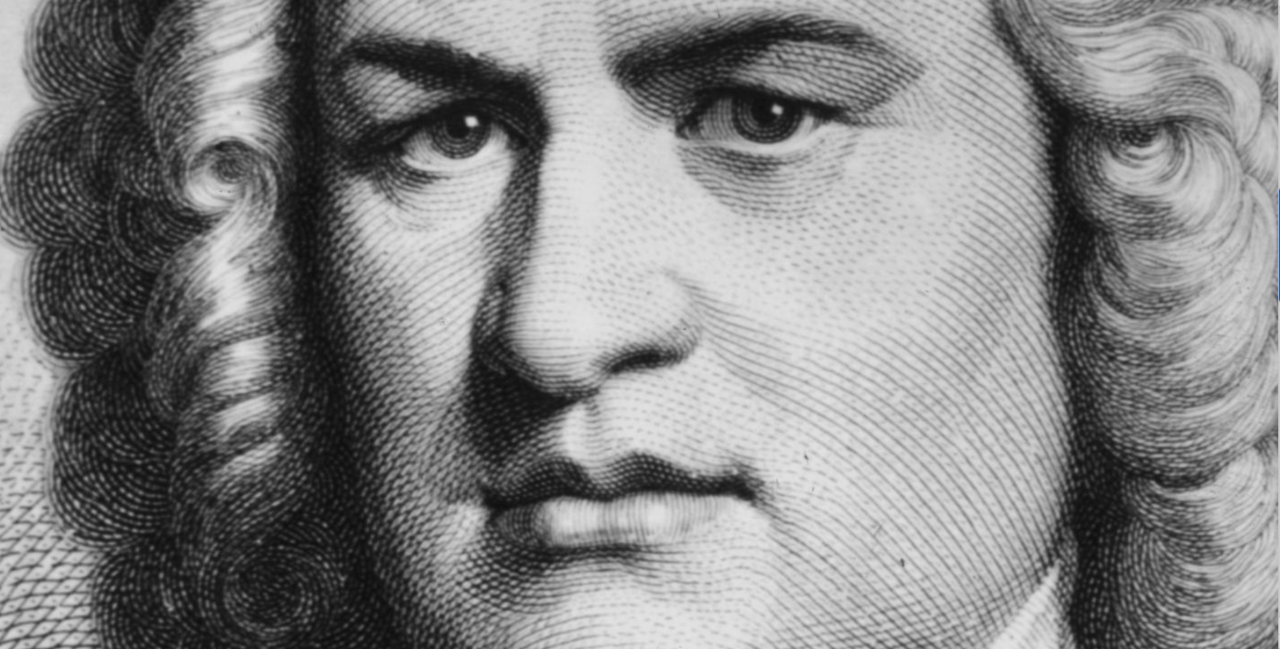
Today's musicians play Johann Sebastian Bach’s (1685 - 1750) music at widely varying tempos, yielding diverse musical effects. Because Bach must have had specific musical effects in mind, many of today's interpretations must be contrary to his intentions. The purpose of this research is to help musicians identify Bach’s intended musical effect by discovering the tempo implications of his notation.
Beyond the desire to communicate his intended musical effect, Bach had a second reason to specify tempo; he needed to plan the duration of his music. When in 1723 he accepted the position of cantor in Leipzig, Bach made a contractual commitment that his music not last too long. Further, he needed to compose and perform a new cantata every week, a challenging and time-consuming task. Time between composition and performance barely allowed for copying parts, and would certainly not have allowed for adjustments in length. The ability to estimate duration while composing would have been useful. To estimate duration, Bach had to have specific tempos in mind.